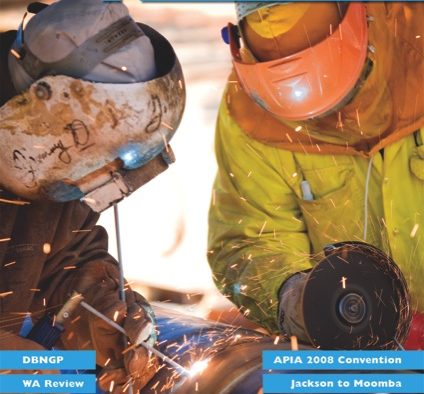Not-for-profit associations need to be as careful with their funds as any for-profit corporation, perhaps even more so. While there are plenty of people who can give you better advice about your legal and regulatory requirements with regard to your accounting, I would like to take a step back and think about the basic concepts in a new way.
While there are some items in your budget each year that can be clearly determined, such as rent, staff or the phone bill, other areas can be more intangible, such as publishing. While I was at INCE on the Sunshine Coast last November I spoke to a lot of not-for-profits who publish a regular magazine or newsletter in-house, but many of them hadn’t considered its true cost.
With a publication you can usually clearly account for some costs, such as the printing bill and postage. Similarly, you can account for some obvious items of revenue, if the magazine has any, such as subscriptions and advertising. But the picture is actually more complex than that.
The cost of staff time taken up working on the publication needs to be taken into account, and I’ve spoken to quite a few associations where it is the chief executive that ends up dedicating a lot of her or his time to the magazine or newsletter. These people are usually well paid professionals with many competing priorities and goals to achieve on behalf of their association. Few boards would recommend they spend half their time putting a magazine together, yet this is very often what happens. So the portion of the staff member’s time, plus on-costs and overheads, all need to be rolled into the equation of what your magazine is costing you.
If publishing is not the chief executive’s specialty, then you could be wasting a considerable amount of money by paying them a professional salary then having them do something they are not a professional at. These people and their time are worth a lot to your organisation and should be used appropriately. Similarly if you employ a designer and they end up spending their time writing articles, or a writer who ends up selling ads and so on, the cost of these staff needs to be taken into account.
Another major drag on the time of organisations is maintaining and updating a circulation database. Details need to be kept up-to-date, with people moving jobs, changing addresses, taking up and dropping subscriptions all the time. On top of this, natural attrition means that a circulation list will gradually decline if a constant and ongoing effort is not made to add new readers.
Fortunately, it’s not all negative. Your publication may well be bringing in un-accounted for revenue as well. If successful, it could be a key driver behind membership growth and a factor in sponsorship decisions as well. You need to assess how many members you are signing up as a result of the publication, which can be a hard figure to determine exactly. On top of that you need to know what each member is worth, which involves looking at the membership fee less the cost of each member, keeping in mind the ongoing benefit of renewed memberships as well.
The next factor which needs to be considered is opportunity cost. If your best staff are dedicating a lot of their time to the publication, an assessment needs to be made on what they could otherwise be achieving with their time. If you have a talented marketing person pursuing companies for articles and relatively low value ads instead of dedicating their time to seeking high-end sponsorship, the potential shortfall also needs to be considered. There are other even less tangible losses here such as the other general benefits to the association of having staff pursuing its main goals.
The other opportunity cost that arises is where the magazine is not functioning as effectively as it could. Just as a contractor who buys a valuable piece of machinery then leaves it idle, or an investor who leaves money under their bed rather than in a fund are missing out on their potential earnings, so too are many organisations who have a good industry, great members and a publication which fails to live up to its potential. If you are already distributing a magazine to a few thousand members in a defined area, and are comfortable with including advertising generally, then you could be missing out on many thousands of dollars a year in advertising revenue if you are not making the most of it. Most importantly of all, if the publication is not presenting the best face for your organisation and not communicating information as effectively as possible, then you are selling your organisation short and the cost of that cannot be underestimated.
Chris Bland is the Managing Director of Great Southern Press and publisher of Third Sector. For more information about outsourcing your publication click here
















































































































































